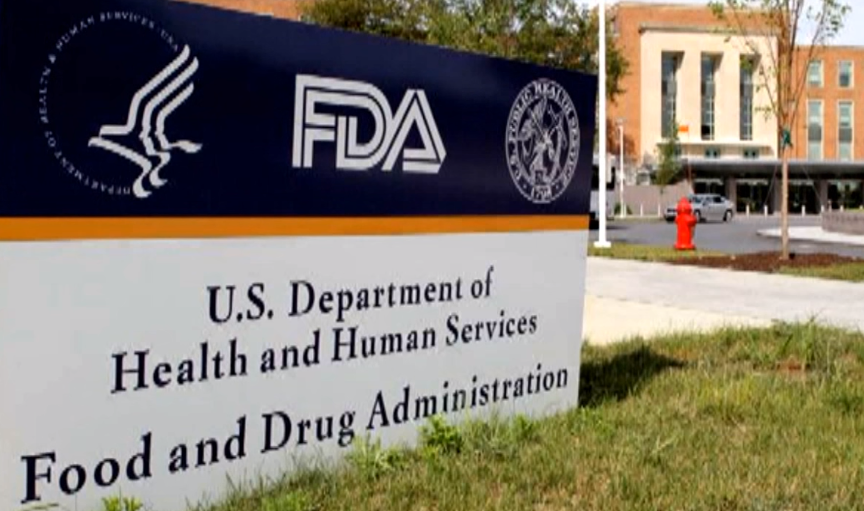FDA’s FLAWED approval process: How hundreds of unsafe and ineffective drugs slip through
07/01/2025 / By Ramon Tomey

- The FDA routinely approves drugs without conclusive proof of effectiveness or safety, ignoring its own scientific standards. Seventy-three percent of drugs between 2013 and 2022 failed to meet all four key benchmarks for efficacy.
- Industry lobbying and political pressure (since the AIDS crisis) have prioritized fast-tracking approvals over rigorous safety checks. Accelerated pathways often skip follow-up trials, leading to deadly outcomes (e.g., Copiktra’s delayed warnings after patients died earlier).
- Many approved drugs cause severe harm, like Elmiron (bladder drug), which blinded patients and proved no better than placebo 18 years post-approval. An estimated 128,000 Americans die annually from properly prescribed medications.
- FDA funding relies on industry fees due to the 1992 Prescription Drug User Fee Act, creating conflicts of interest. Doctors remain largely unaware; only six percent know FDA approval doesn’t guarantee meaningful benefits.
- Victims like Laura MacMillan (blinded by Elmiron) exemplify the irreversible damage caused by the FDA’s prioritization of speed over science. Experts argue for independent oversight to prevent further harm.
The Food and Drug Administration (FDA) has approved hundreds of drugs without conclusive proof they work. In many cases, these drugs approved by the regulator even caused harm.
This discovery was the result of a two-year investigation by medical journalists Jeanne Lenzer and Shannon Brownlee, published by The Lever on June 5. The findings reveal that the FDA routinely ignores its own scientific standards, putting millions of patients at risk.
The report by Lenzer and Brownlee also expose a system where fast-tracking drugs for approval outweighs rigorous safety checks. This shift was accelerated by industry lobbying and political pressure ever since the AIDS crisis of the 1980s.
Between 2013 and 2022, 73 percent of newly approved drugs failed to meet all four of the FDA’s foundational benchmarks for proving effectiveness – control-group testing, replication in multiple trials, blinding of participants and reliance on clinical endpoints instead of surrogates. Shockingly, 40 drugs met none of these criteria.
Among cancer drugs, only three out of 123 met all four standards. Instead, many were greenlit based on tumor-shrinkage data (a surrogate marker) rather than evidence they extended lives. (Related: FDA – the regulatory facade – approved hundreds of drugs with no proof they worked – turning patients into unwitting guinea pigs.)
Take Copiktra, approved in 2018. Later post-market studies revealed patients died 11 months earlier than those on alternative treatments. Despite this red flag, the FDA took six years to issue warnings.
Another example is the bladder drug Elmiron. It was first approved in 1996 with “close to zero” efficacy data and remained on the market for 18 years. However, confirmatory studies later proved it was no better than placebo – and those who took it suffered blindness, colitis and even death.
FDA’s deadly trade-off: Speedy drug approvals over safety
This decline in scrutiny traces back to the 1990s, when AIDS activists and pharmaceutical companies pressured the FDA to expedite approvals. What began as emergency measures for life-saving drugs morphed into permanent policy with the 1992 Prescription Drug User Fee Act, which tied FDA funding to industry fees.
Since then, companies have exploited “accelerated pathways,” often skipping follow-up trials altogether. However, the consequences are staggering. An estimated 128,000 Americans die annually from properly prescribed medications – more than all illegal drug deaths combined.
Yet doctors remain unaware. A 2016 JAMA study found only six percent understood that FDA approval doesn’t guarantee clinically meaningful benefits.
“We need an agency that’s independent from the industry it regulates,” argues Yale University regulatory expert and physician Reshma Ramachandran. “Without that, we might as well go back to the days of snake oil and patent medicines.”
The investigation’s most damning revelation? The agency’s fear of backlash over unsafe approvals (Type I errors) far outweighs its concern for lives lost to delayed treatments (Type II errors).
For Laura MacMillan, blinded by Elmiron after 20 years of use, the cost is irreparable. “I can’t drive anymore,” she says. MacMillan stopped working 13 years ago due to her vision problems, but she is nevertheless luckier than others who suffered serious injuries from or were killed by the drug.
Like thousands of others, she trusted a system that prioritized speed over science – and paid the price. With the FDA’s credibility eroding, the question remains: How many more will suffer before standards are restored?
Watch this video explaining why the FDA is a scam.
This video is from the #5Slampig channel on Brighteon.com.
More related stories:
The FDA drug approval process (comic).
Unveiling the FDA’s DECEPTION: The hidden truth behind Pfizer’s vaccine approval.
Sources include:
Submit a correction >>
Tagged Under:
approval process, big government, Big Pharma, Copiktra, Elmiron, flawed approval, Food and Drug Administration, harmful medicine, industry lobbying, Jeanne Lenzer, pharmaceutical fraud, Prescription drugs, prescription warning, real investigations, Shannon Brownlee
This article may contain statements that reflect the opinion of the author





















